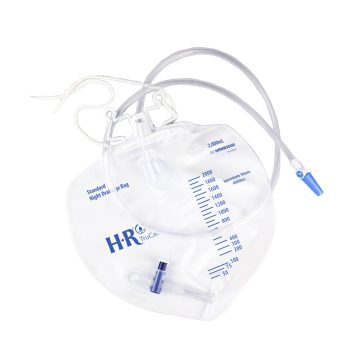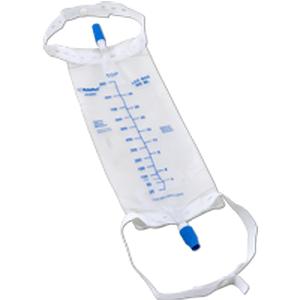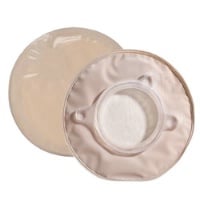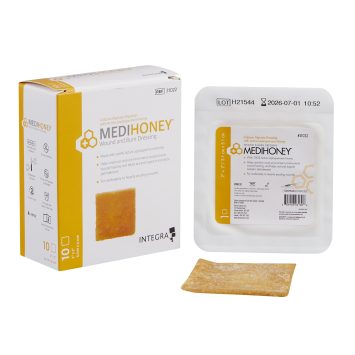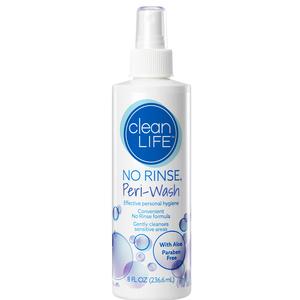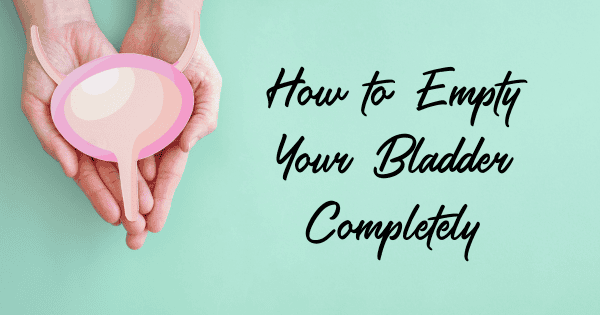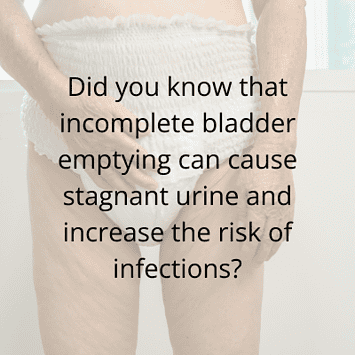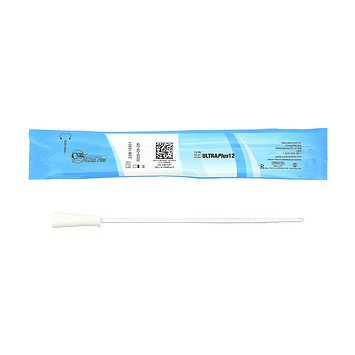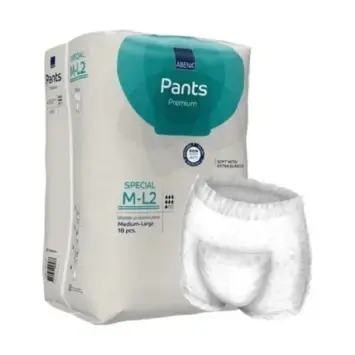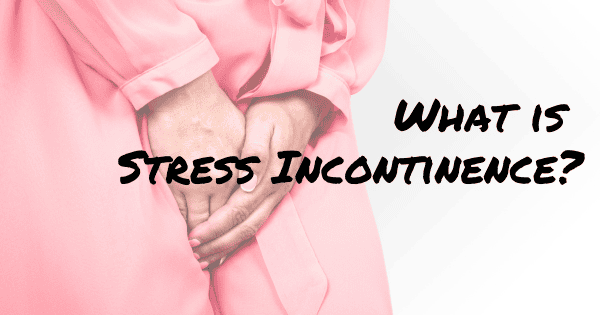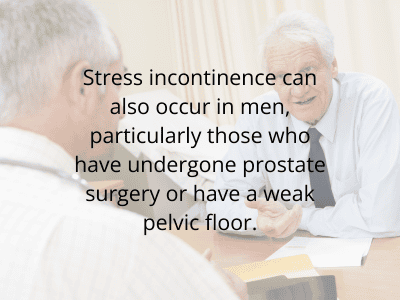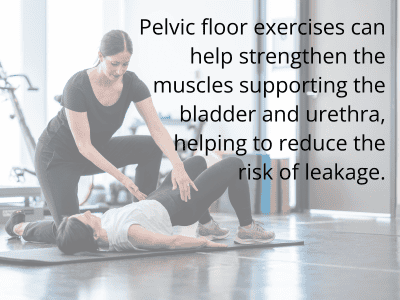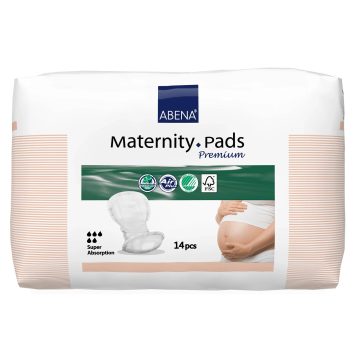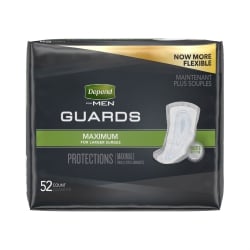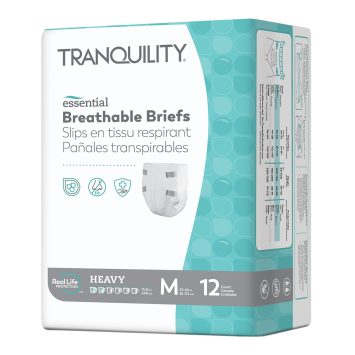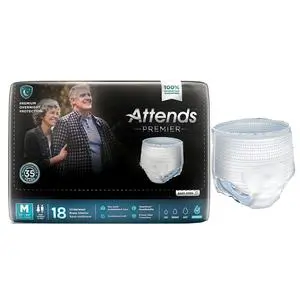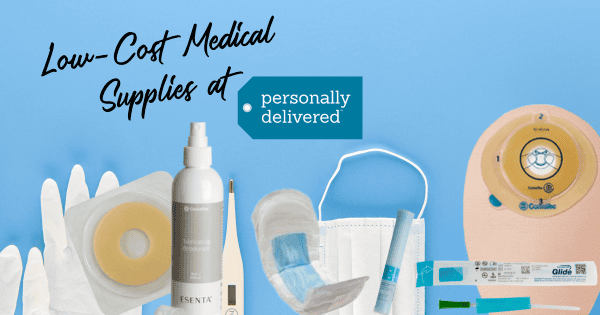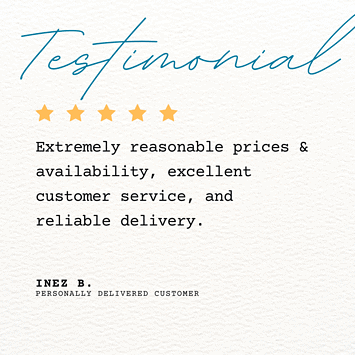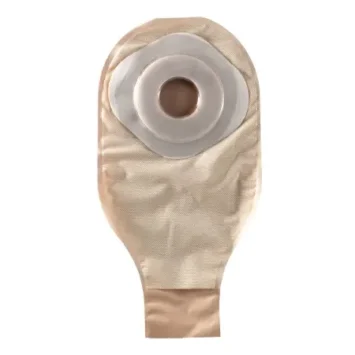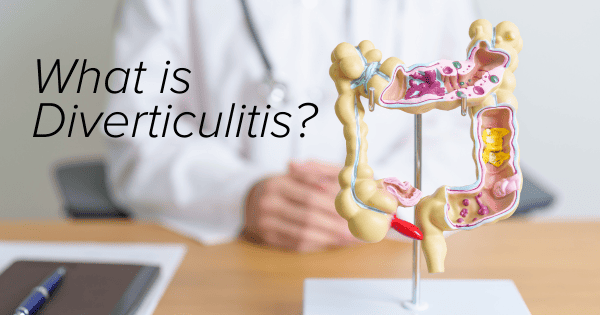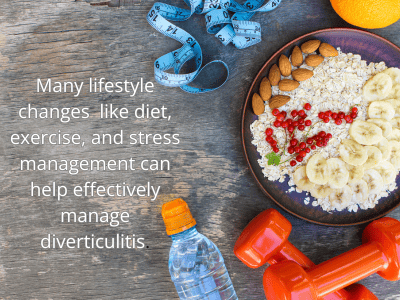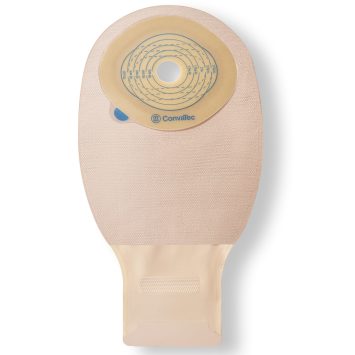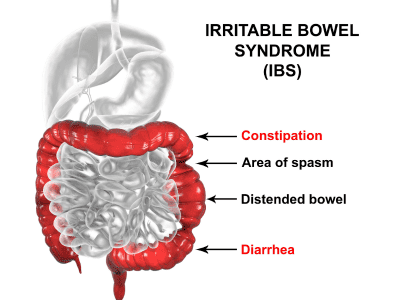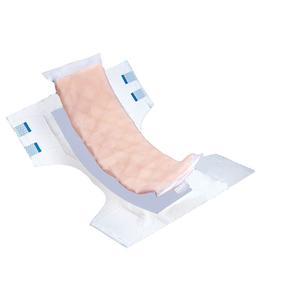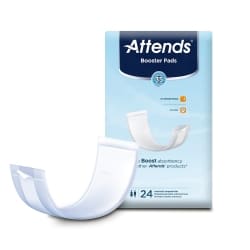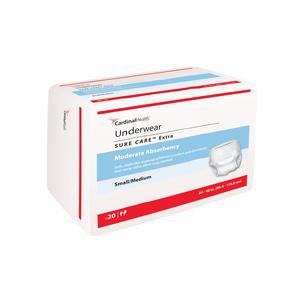Transurethral Needle Ablation of the Prostate (TUNA) is a minimally invasive procedure designed to treat specific prostate conditions. This technique uses needles to deliver low-level radiofrequency energy to prostate tissue, effectively reducing the size of the prostate and alleviating urinary symptoms. As a safe and efficient alternative to more invasive surgical methods, TUNA offers a promising solution for many patients.
Technique of the TUNA Procedure
The transurethral needle ablation of the prostate (TUNA) procedure is a minimally invasive method used to treat BPH, using radiofrequency energy to heat and destroy excess prostate tissue, effectively relieving urinary obstruction.
The process begins with the urologist inserting a cystoscope, a thin tube with a light and camera, through the urethra into the bladder to visualize the prostate gland.
Once the prostate is visible, local anesthesia is administered to numb the area and minimize discomfort. The urologist then inserts two tiny needles into the prostate tissue under direct visualization. These needles emit radiofrequency energy, generating heat to destroy excess tissue.
The energy is delivered in a controlled manner to heat the targeted tissue, shrink it, and relieve urinary symptoms. Depending on the prostate size and symptom severity, the procedure typically takes 30 minutes.
Post-procedure, patients may experience mild discomfort or urinary symptoms, such as increased frequency or urgency, which usually subside quickly. Most patients can resume normal activities within a day or two.
Overview of Transurethral Needle Ablation
Transurethral needle ablation of the prostate is primarily used to address symptoms of an enlarged prostate, medically known as benign prostatic hyperplasia (BPH). It provides an effective alternative to traditional surgical procedures for those seeking relief from urinary issues caused by BPH.
During the procedure, low-level radiofrequency energy is applied to heat and destroy excess prostate tissue. A small needle is inserted into the urethra and guided to the prostate, where it delivers targeted heat energy to shrink the tissue and relieve symptoms.

One key benefit of transurethral needle ablation is its ability to provide long-lasting relief without the need for open surgery or extensive recovery time. The procedure is typically performed outpatient, allowing patients to return home the same day. It is generally well-tolerated with minimal discomfort and side effects.
By opting for transurethral needle ablation, patients can experience:
- Improved urinary flow
- Reduced frequency of urination
- Decreased urgency
At Personally Delivered, we understand the challenges individuals face with urinary issues. We offer a range of high-quality urology products and solutions to support various urological conditions, including those related to prostate health. Our knowledgeable team is dedicated to providing exceptional customer service and ensuring our customers find the right products to meet their needs.
While transurethral needle ablation TUNA is considered safe and effective, potential complications include:
- Urinary tract infection (UTI)
- Bleeding
- Urinary retention
- Discomfort during urination
If you are experiencing urinary symptoms related to an enlarged prostate, consult a urologist to evaluate your condition and determine if transurethral needle ablation TUNA is the appropriate treatment for you.
At Personally Delivered, we understand the importance of finding the proper treatment for BPH. We offer a range of high-quality urological supplies to support patients throughout their treatment journey. Contact us today to learn more about how we can assist you.
Popular Urology Supplies Offered at Personally Delivered
Disclaimer: Important Notice Regarding Medical Advice
The information provided in this blog is intended for general informational purposes only and should not be considered a substitute for professional medical advice, diagnosis, or treatment.

